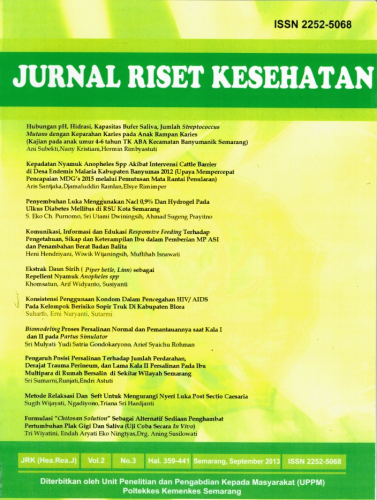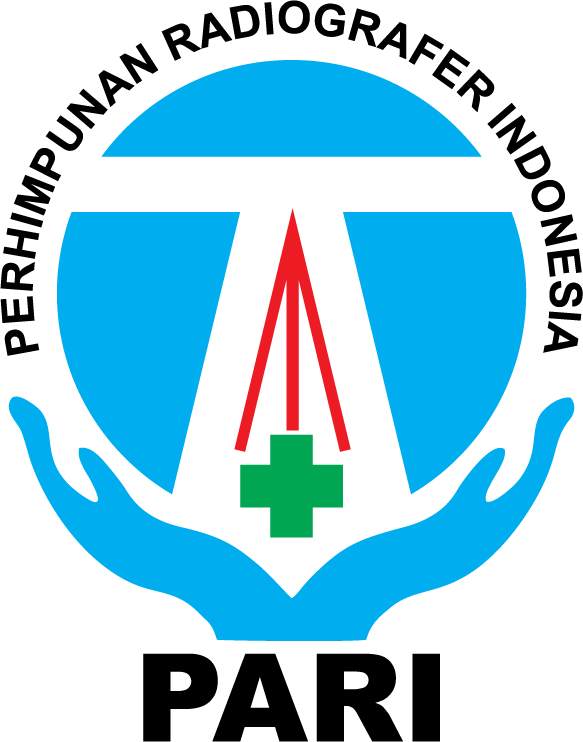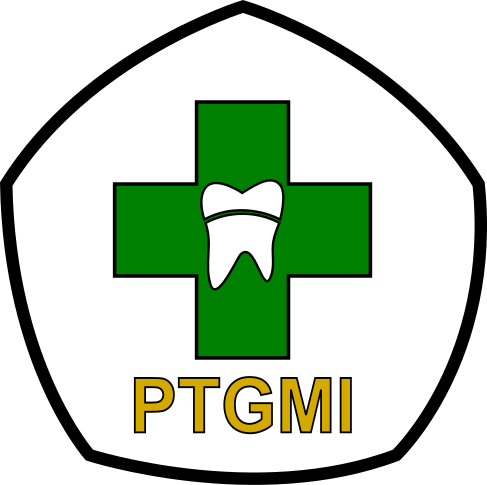Heavy Metal Residues Of Copper (Cu) and Timbal (Pb) In The Oyster By Boiling and Frying Process
Abstract
Waste come from residential, farming, mining and industry are deliberately thrown away into the river. Polluted watershed will stream down to the sea, so that will degrade the quality of water, and affect the quality of natural resources and health problems. Sea polluted by heavy metals such as aluminum, copper, cadmium, timbal, zinc, cobal will impair the ecosystems of sea. Analyze the content of heavy metals residues of timbal (Pb) and copper (Cu) found in the oyster by boiling and frying process. Type of experimental research that uses a completely randomized design. Samples of raw oysters, fried and boiled, each sample was repeated seven times. The content of heavy metals residues of timbal (Pb) in raw oyster, fried oyster, boiled oyster: 0,2686; 0,1687 ;0,1591 mg/kg and heavy metals residues of copper (Cu): 0,0513; 0,0265; 0,0167 mg/kg. There is significant difference in the content of heavy metals residues of timbal (Pb) in raw oyster, fried oyster, boiled oyster: p=0,000). While in the fried oyster and boiled oyster, p=0,009. There is significant difference in the content of heavy metals residues of copper (Cu) in raw oyster, fried oyster, boiled oyster: p=0,000). While in the fried oyster and boiled oyster, p=0,001. Raw oyster, fried and boiled oyster contain heavy metals residues of timbal (Pb) and copper (Cu).
Keywords
oyster; heavy metals residues; timbal (Pb); copper (Cu)
Full Text:
PDFDOI: https://doi.org/10.31983/jrk.v3i2.221
Article Metrics
Abstract view : 538
Download PDF : 393
Refbacks
- There are currently no refbacks.
Copyright (c) 2015 Jurnal Riset Kesehatan




















































